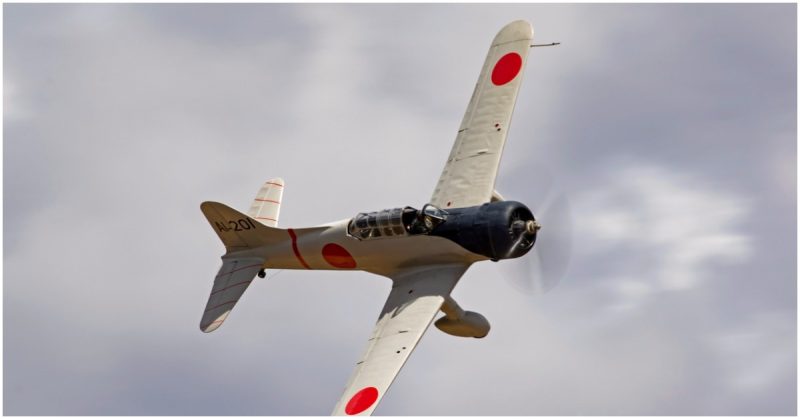On December 8, 1941, Japan invaded the Philippines. A mix of local and American forces, most without combat experience, rushed to hold off the professional veterans of imperial Japan.
The Philippines and Japan
During the 1930s, Japan began a campaign of imperial expansion in the western Pacific. They wanted to gain power over their neighbors and also to oust American and European influences from the region.
Early in 1941, the western powers were beginning to pay attention to the situation. America sent troops to the Philippines. Although they were trying to move toward Philippine independence, the Japanese threat was too great to ignore.
For the Japanese, the Philippines were strategically important for several reasons. Taking them would deprive the US of an advance base in the region. It would also provide a Japanese base for attacks on the Dutch East Indies, and it would secure lines of supply and communication between the Japanese home islands and their conquered territories.
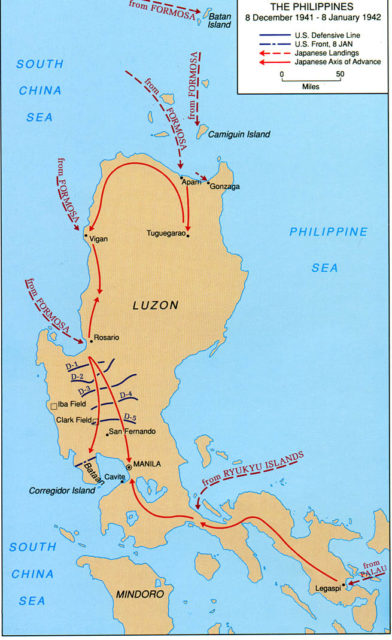
The Landings
On December 8, 1941, around 3 am local time, the news reached US forces in the Philippines that Pearl Harbor was under attack. The long-awaited war with Japan had finally come.
Confusion followed about what to do with American planes on the ground in the Philippines. No decision to prepare for a defense or to attack Japanese positions lead to unreadiness. Instead, many American planes were caught on the ground and destroyed in Japanese air attacks.
The same day, Japanese forces landed on the small island of Batan. On the 12th, they landed in the south of Luzon, the island holding most of the US troops.
Meanwhile, following the air strikes, US naval forces withdrew.
On the morning of December 22, the main attack began. Japanese troops invaded at three points on northern Luzon. The American 26th Cavalry put up a fight at Rosario but were pushed back. The next day, more Japanese troops landed further south, quickly overcoming the scattered US forces they encountered.
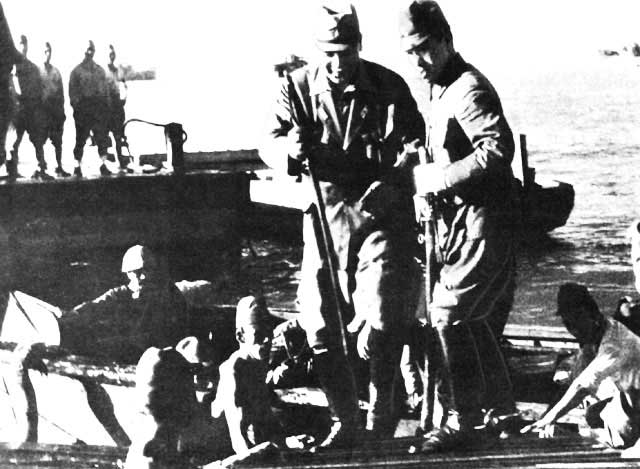
Withdrawal
Led by General MacArthur, the Americans began following their contingency plan – to withdraw into the Bataan Peninsula. Confusingly, it is not on Bataan Island, but a defensible part of Luzon.
Supplies were hastily pulled backed into the peninsula and troops rushed to join up with their comrades there. Meanwhile, American forces carried out delaying actions at five agreed positions, holding up the Japanese while the rest of the troops regrouped.
Despite again receiving confusing and uncertain orders, American and Filipino forces held open the routes of retreat. Forces leapfrogged each other back toward the peninsula, one group holding the line while another retreated and set up the next defensive position. Bridges were protected until everyone was through and then blown to prevent the Japanese following.
On December 30, the Japanese realized what was happening. The pressure mounted as they tried to cut off the Americans before they could complete their retreat. The US 194th Tank Battalion suffered 50% losses holding them up.
On January 6, the Japanese captured the crucial Layac Junction at the neck of the peninsula. However, it was too late; the Americans had completed their withdrawal.
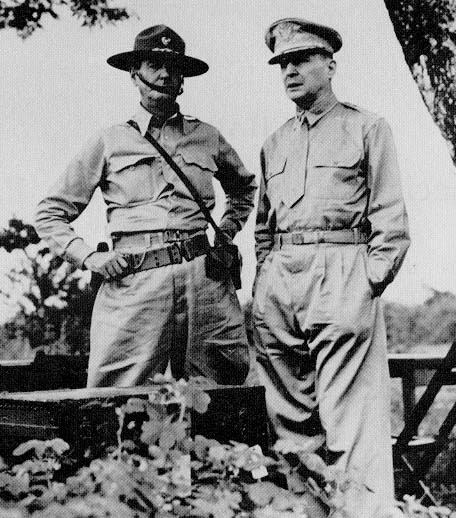
The Battle of Bataan
Three months of fighting followed as the Japanese tried to defeat the American peninsula stronghold.
Early on, over-confidence and poor planning led to mistakes on the Japanese part. The experienced troops who had brought them success were replaced by inexperienced ones. It was done to free the veterans to fight elsewhere. With the work of taking the Philippines incomplete, it proved to be a mistake.
While the Americans held the neck of the peninsula in the north, a Japanese amphibious landing arrived in the south. It was disrupted, leaving the troops who had landed caught in a small and shrinking pocket of territory. The pocket was finally overwhelmed after three weeks of fighting.
Meanwhile, there was fighting at the neck of the peninsula, in which the Americans had some victories against the Japanese.
However, the Americans were trapped. Illness, lack of food, and constant fighting wore them down. MacArthur was ordered to leave by President Roosevelt. The general gave a speech promising he would return.
In early April, the Japanese made major breakthroughs. The Americans and Filipinos were overwhelmed. Most were captured. Only 300 American soldiers made it to the island of Corregidor.
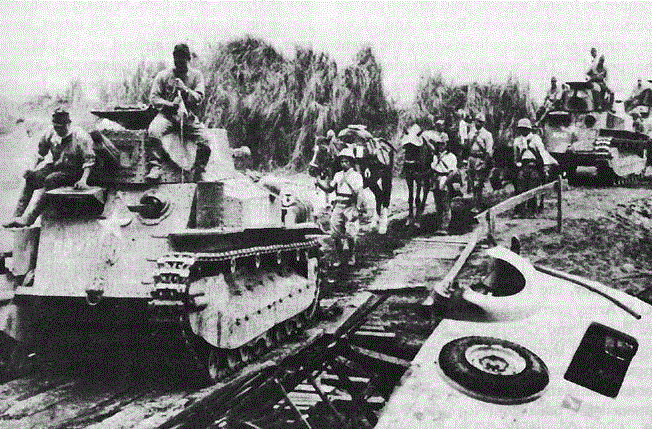
The Battle of Corregidor
Corregidor was a coastal artillery position at the mouth of Manila Bay. It was equipped with mines, anti-aircraft guns, and shore batteries. At the start of May 1942, 11,000 troops were there.
The Japanese bombarded Corregidor in preparation for an attack. Their bombers destroyed most of the shore batteries, taking heavy casualties from the AA guns in the process.
On May 1, a heavy bombardment was launched – a prelude to the main assault on the island.
On the night of the 5th, two battalions of Japanese infantry landed on the island. They successfully formed a beachhead, into which reinforcements of artillery and tanks poured. They pushed the defenders back into a stronghold at Malinta Hill.
The Americans had nowhere left to go. Late on the 6th, the American General Wainwright asked for terms of surrender.
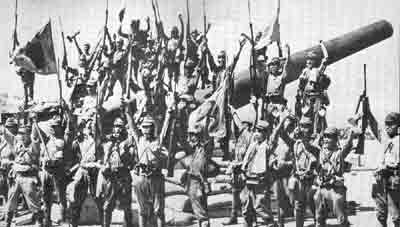
Aftermath
The Battle of the Philippines was one of America’s greatest military defeats. It was also one of the most successful acts of resistance to Japanese expansion in the early war. It held up Japanese forces while the Americans regrouped from the surprise attack on Pearl Harbor and while MacArthur prepared a new base of operations in Australia.
For the survivors of the American force taken captive by the Japanese, years of misery followed. Thousands died in terrible conditions on board prison ships or in forced labor camps.
America had lost its first ground action of the war. However, it would soon be ready to fight back.
Sources:
Hugh Ambrose (2010), The Pacific
Wikipedia – accessed June 5, 2017
